Home > Articles > The Archives > Larry Sparks
Larry Sparks
Reprinted from Bluegrass Unlimited Magazine
December 1972, Volume 7, Number 6
The remarkable entry of young and talented musicians into the ranks of professional bluegrass in the last few years has been marked by progressively larger and larger steps away from the traditional roots from which the music has grown. This is a natural and inevitable process, for every young musician or group wants a distinct sound of their own, and the most successful have been those which have given a sound attuned to the times and the needs of their listeners.
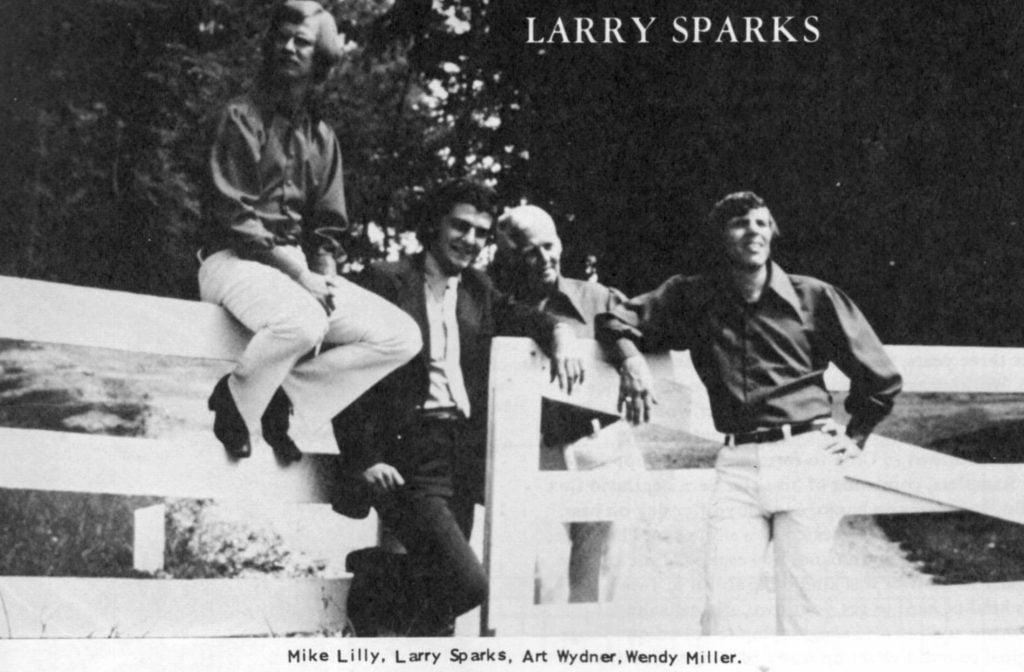
Still, it is refreshing to find in Larry Sparks, a young man who is succeeding at writing and performing excellent new material in a convincing, traditional, old-time framework. He and his group, the Lonesome Ramblers (Wendy Miller, Mike Lilly, and Art Wynder) are living proof that the traditional bluegrass sound still has plenty of life, not just in the hands of the grand masters, but in the hands of the up and coming as well.
Larry was born in Lebanon, Ohio on September 9, 1947, of Kentucky-bred parents. His family, like that of most professional musicians, was a musical one, although Larry’s was somewhat special in its devotion to bluegrass and old-time music. While every member of his family played and sang to some degree, it was his older sister Bernice, an accomplished guitarist and singer, who taught Larry his first chords, and how to use his voice. In fact, they sang as a duet from Larry’s earliest youth—Larry standing on a chair to reach the microphone. They played numerous churches and socials, even recording a record when Larry was at the tender age of five.
Bernice’s husband, Troy Neely, was also a guitarist and singer, and first interested Larry in bluegrass music. Soon the ten year old youngster was playing lead guitar in Neely’s band, playing numerous small shows in the Ohio-Kentucky area. Despite constant band changes, this group reflected a consistent Stanley Brothers sound, and, as Larry says, “I hung in there and tried to play,” learning and adapting all the while.
Impressed with the youngster’s mastery of the guitar, and his devotion to the Stanley sound, Moon Mullins introduced 16 year old Larry to the Stanley Brothers in 1963, at a Hamilton, Ohio night spot, “The Speedway.” Larry sat in with them the rest of the night, and when Carter asked, before leaving, if he’d be interested in working the occasional show with them in the area, Larry said “yeah, real quick.” They lived up to their word a few months later, and he was occasionally called upon from that time until Carter’s death in December 1966.
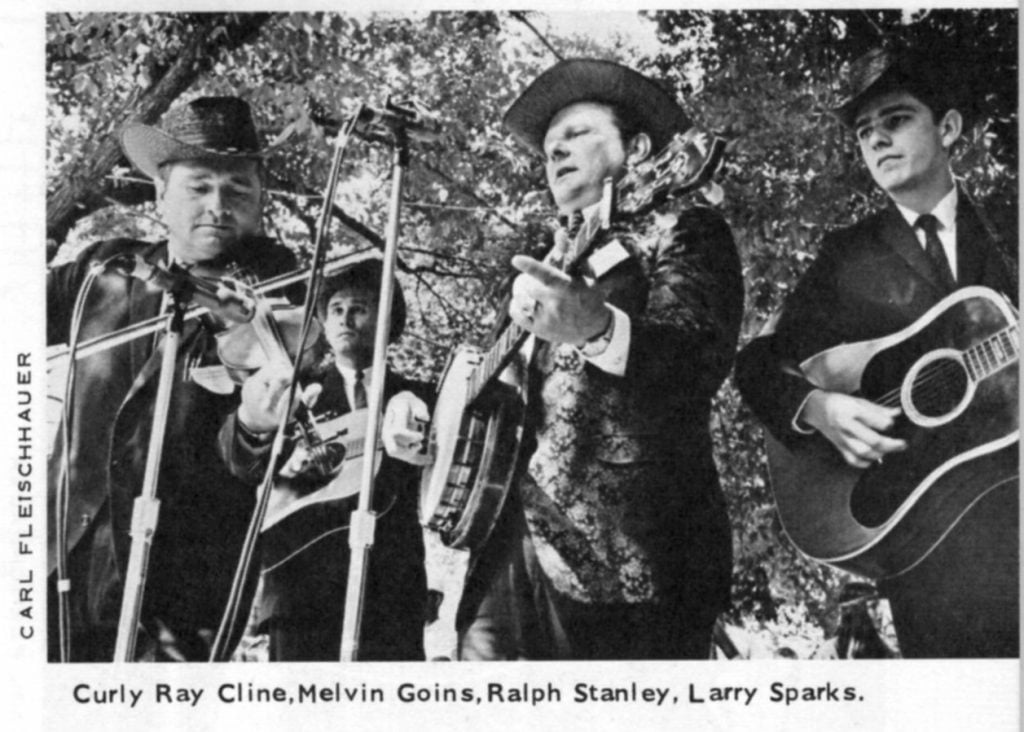
Although he had done some recording on his own (“It’s Never Too Late”/“Sandy Mountain Breakdown” on Jalyn in 1966), Carter’s death left some enormous shoes which Larry was, in Ralph’s opinion, best qualified to fill. Larry joined the Clinch Mountain Boys in February of 1967, and, before his departure in late 1970, had recorded five albums with them, as well as one with Curly Ray Cline.
Singing in Carter’s place was a tall order, and the pressures were tremendous. “I wanted to get as close to him as I could. I was used to Carter and his style of singing. It was sort of natural for me that style just sort of fitted me. It’s just natural singing.”
But after three years, says Larry, “I just wanted to start my own group. Working as a side man I didn’t have the chance to lead like I wanted to and I felt I could do it, you know.”
He parted from Ralph and the Clinch Mountain Boys amicably, and returned to Ohio to form his own group, the Lonesome Ramblers, consisting of his sister Bernice, David Cox on mandolin, Joe Isaacs on banjo, and Lloyd Hensley on bass, and eventually recorded and released two albums on Pine Tree.
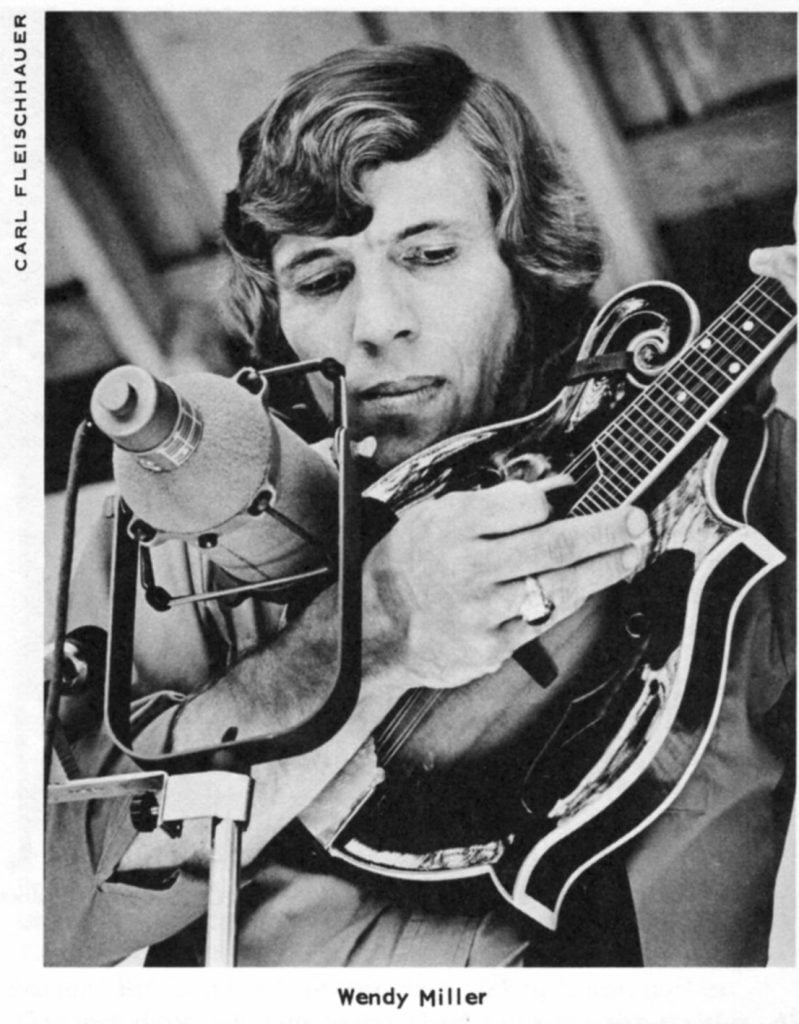
The experience of leading a band, however, was not an easy one. Especially at first: “I was kind of doubtful in a way because it’s kind of hard to get your own original sound. I wrote and wrote and rewrote songs trying to get unique songs and an original sound. I’ve set up many of a night and day writing. So I just kept going and tried to write as much as I could.”
“Good strong material is one way of getting a new sound. Also getting men who sound a little different than anybody else. Both Wendy and Mike play original licks that nobody else does. That’s what I was looking for somebody who could play some different notes without leaving the good sound. And that is hard to do!”
The addition of mandolinist Wendy Miller and banjo player Mike Lilly seemed to make the Lonesome Ramblers sound jell, a sound finally recorded on the fast-growing Old Homestead label. The success of that album led Larry to become the first signee with Starday-King in their new program of recording and promoting bluegrass music, and a fine album has recently been released, with another in the planning stage.
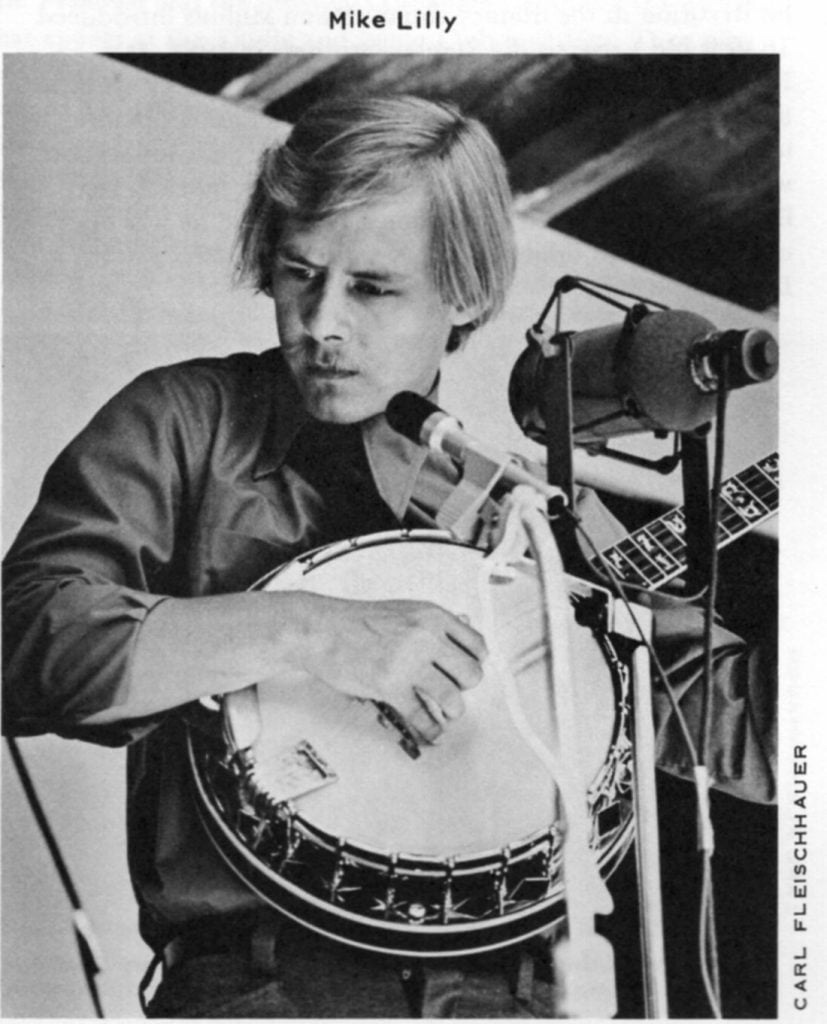
Looking to the future, Larry says, with typical optimism, “I’m going to keep working hard. Keep at it. Things are really looking up now, especially at the festivals. I’m on a good label now, and I’m going to keep doing what I’m doing and work hard.”
All in all, what is remarkable about the success of Larry Sparks is not his lonesome, mournful voice, nor his virtuosity on the guitar, nor the excellent group that he has put together. It is rather, that a young man can create a distinct and creative sound which, though based heavily on traditional stylings, yet remains clearly and unmistakably his own.
Share this article
1 Comment
Leave a Comment Cancel Reply
This site uses Akismet to reduce spam. Learn how your comment data is processed.
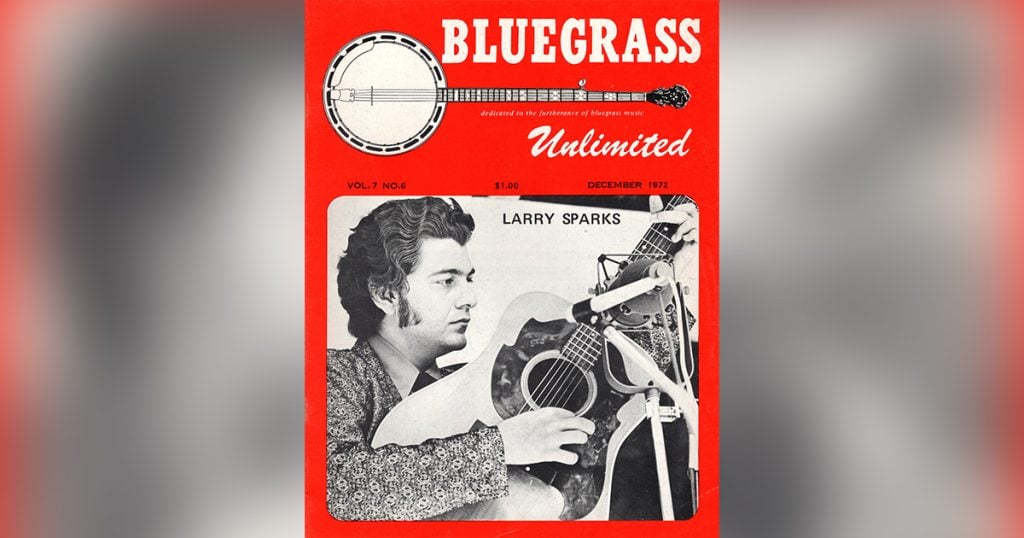
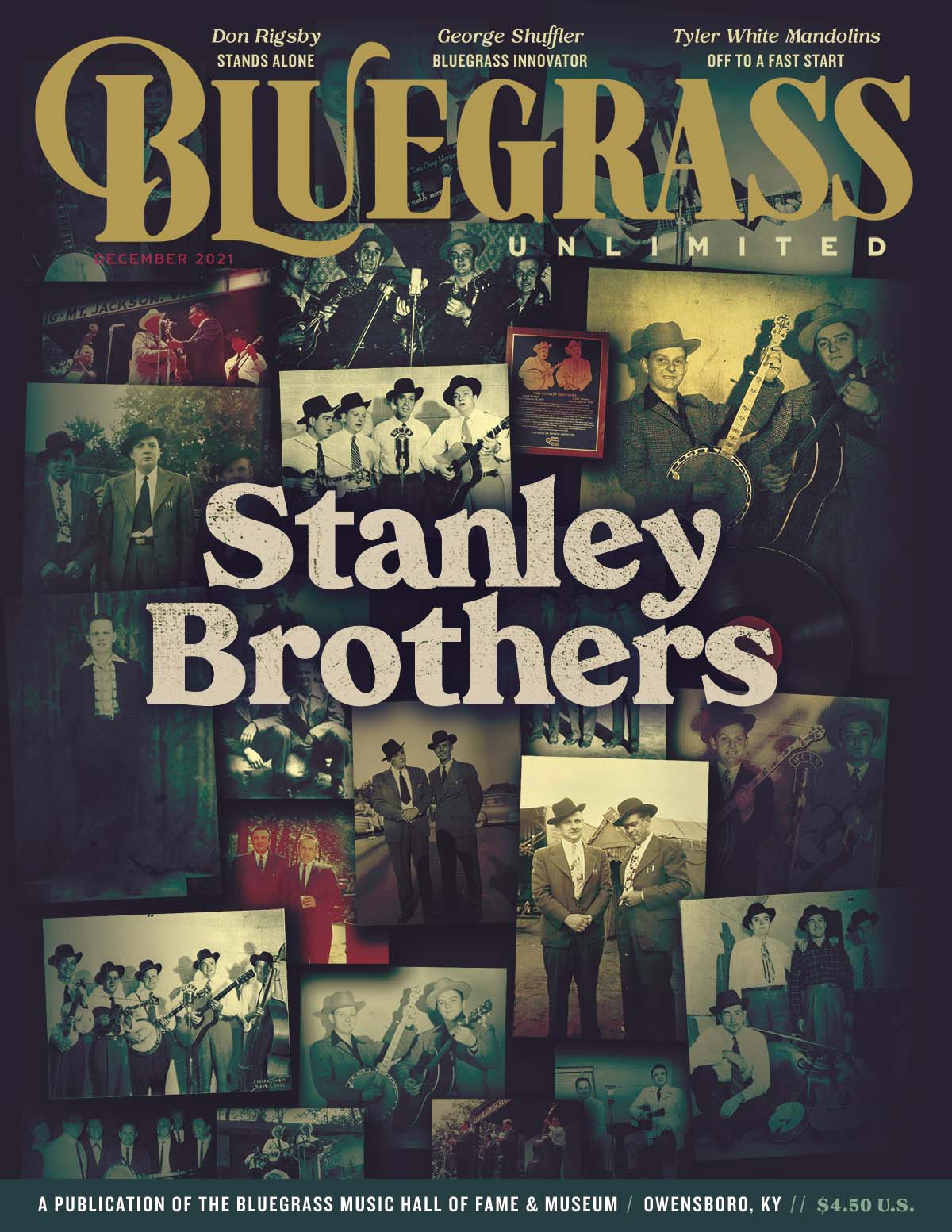
I love his music and have done Tennessee 1949 many times.